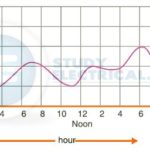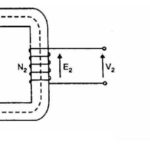
What is Load Forecasting?
Electrical energy cannot currently be stored in large amounts. It has to be generated whenever there is a demand for it. It is, therefore, imperative for the electric power utilities that the load on their systems should be estimated in advance.
The estimation of the active load at various load buses in advance is commonly known as load forecasting.
Load forecasting plays an important role in power system planning, operation, and control.
Planning and operational applications of load forecasting require a certain ‘lead time’ also called forecasting intervals.
Power system expansion planning starts with a forecast of anticipated future load requirements. The estimation of both demand and energy requirements is crucial to effective system planning. Demand predictions are used for determining the generation capacity, transmission, and distribution system additions, etc.
Load forecasts are also used to establish procurement policies for construction capital energy forecasts, which are needed to determine future fuel requirements. Thus, a good forecast, reflecting the present and future trends, is the key to all planning.
Purpose of Load Forecasting
- For proper planning of the power system.
- For proper planning of transmission and distribution facilities.
- For proper power system operation.
- For proper financing.
- For proper manpower development.
- For proper grid formation.
- For proper electrical sales.
Classification of Load Forecasting
- Demand Forecasting and
- Energy Forecasting
Demand Forecasting
Energy Forecasting
Forecasting Procedure
- Short term
- Medium (intermediate) term.
- Long term technique.
Long Term Forecast is done for 1-5 years in advance in order to prepare maintenance schedules of the generating units, planning the future expansion of the generating capacity, enter into an agreement for energy interchange with the neighboring utilities, etc.
Two approaches are available for this purpose –
- Peak Load approach and
- Energy Approach.
We will discuss them later.






